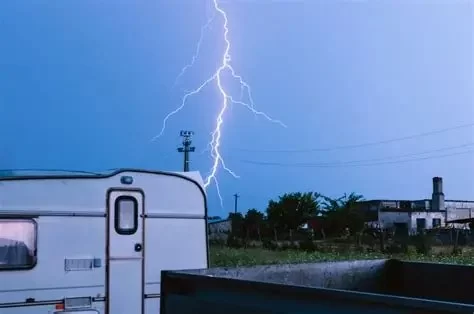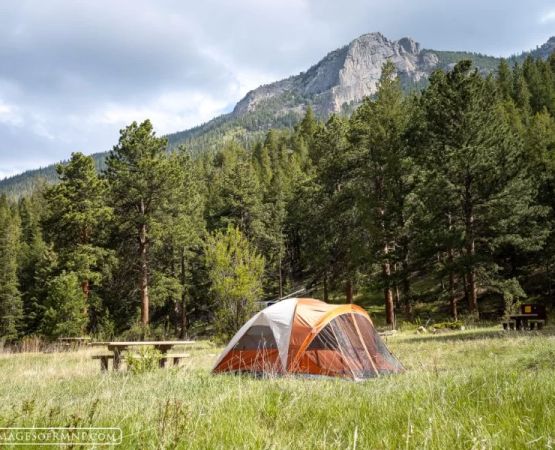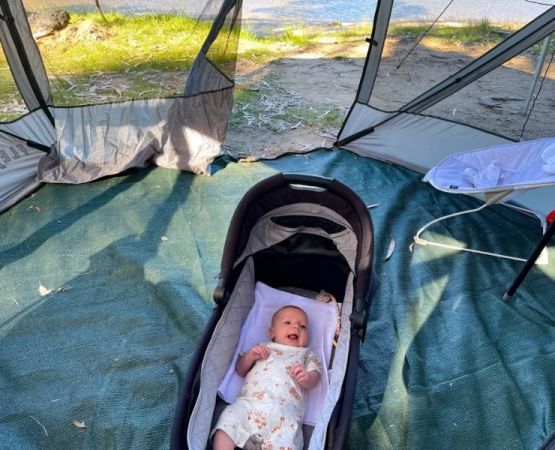- 1 - Understanding the Risk of Severe Thunderstorms While RV Camping
- 2 - How to Monitor Weather Alerts and Stay Informed
- 3 - Safety Checks for Your RV Before a Storm
- 4 - What to Do During the Thunderstorm
- 5 - Real-Life Case: How Campers Handled a Storm Safely
- 6 - Post-Storm Safety and Recovery Tips
1. Understanding the Risk of Severe Thunderstorms While RV Camping
Severe thunderstorms bring heavy rain, high winds, hail, and lightning—all of which can pose unique risks to RV campers. Unlike solid buildings, RVs are more vulnerable to strong gusts and falling debris. Being unprepared can turn an enjoyable camping trip into a dangerous situation. Understanding these risks is the first step in preparing for stormy weather.
2. How to Monitor Weather Alerts and Stay Informed
Technology makes it easier than ever to track weather conditions. Mobile weather apps, NOAA weather radios, and even campground updates provide valuable information. For example, many RV travelers in Tornado Alley rely on apps that send instant alerts when severe weather is approaching. Staying ahead of the storm gives you the time to move your RV or seek shelter if needed.
3. Safety Checks for Your RV Before a Storm
Before a thunderstorm hits, secure all awnings, close windows, and disconnect electrical hookups to prevent surges. Heavy winds can damage extended equipment, while lightning increases the risk of electrical issues. Additionally, parking your RV away from tall trees or loose objects reduces the chances of damage from falling branches. Many seasoned campers also recommend keeping an emergency kit handy with flashlights, batteries, and first-aid supplies.
4. What to Do During the Thunderstorm
When a storm is underway, your priority should be safety. Stay inside your RV but avoid using wired electronics or standing near windows. If winds intensify to dangerous levels, relocating to a sturdy building is the best choice. Campgrounds often have designated storm shelters—knowing their locations before you set up camp is part of being prepared.
5. Real-Life Case: How Campers Handled a Storm Safely
In 2022, a group of RV campers in Missouri shared their experience online after a sudden thunderstorm rolled through their campground. Because they had checked forecasts and identified the nearest shelter in advance, they were able to act quickly when the storm hit. While their RV sustained minor hail dents, everyone remained safe, and their story became a reminder in the RV community about the value of preparation and awareness.
6. Post-Storm Safety and Recovery Tips
Once the storm passes, take time to inspect your RV for damage. Check the roof, windows, and electrical systems carefully before hitting the road again. Avoid driving through flooded areas, as RVs can easily stall in high water. If you need reliable supplies or recovery resources, Pine Cliff Resort offers gear and services designed to support campers in unpredictable conditions. Being proactive after a storm ensures your trip can continue safely.







